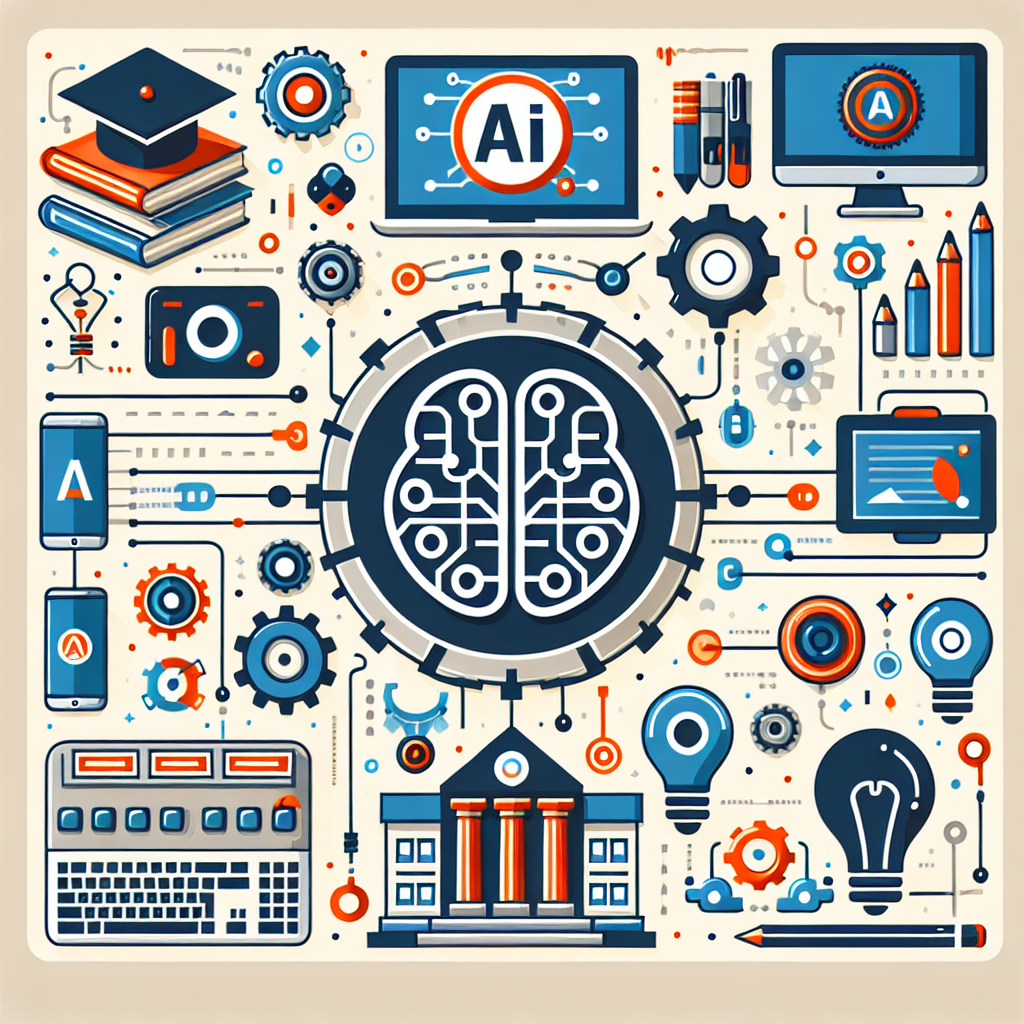Artificial Intelligence (AI) has become an increasingly popular topic in the field of education in recent years. From personalized learning experiences to improved administrative processes, AI software has the potential to revolutionize the way we teach and learn. In this article, we will explore the benefits of implementing AI software in education and how it can enhance the overall educational experience for students, teachers, and administrators.
One of the main benefits of using AI software in education is the ability to personalize learning experiences for students. AI algorithms can analyze vast amounts of data about individual students, including their learning styles, strengths, weaknesses, and interests. This information can then be used to create personalized learning paths for each student, allowing them to learn at their own pace and in a way that is most effective for them. This can help to improve student engagement, motivation, and ultimately, academic performance.
AI software can also help teachers to better understand their students and provide them with more targeted support. By analyzing data on student performance and behavior, AI algorithms can identify students who may be struggling and provide teachers with recommendations on how to help them. This can help teachers to intervene early and prevent students from falling behind. AI software can also assist teachers in creating more engaging and interactive lessons, as well as providing them with real-time feedback on student progress.
Another benefit of implementing AI software in education is the ability to automate administrative tasks and streamline processes. AI algorithms can help to automate tasks such as grading, scheduling, and attendance tracking, freeing up teachers and administrators to focus on more important tasks. This can help to reduce administrative burden, increase efficiency, and improve overall productivity within educational institutions.
AI software can also help to improve the quality of education by providing access to a wealth of resources and information. AI algorithms can analyze vast amounts of data to identify trends, patterns, and insights that can be used to improve teaching methods, curriculum design, and educational outcomes. This can help to ensure that students are receiving a high-quality education that is tailored to their needs and goals.
In addition to these benefits, implementing AI software in education can also help to bridge the gap between traditional and online learning. AI algorithms can be used to create hybrid learning environments that combine the best aspects of both traditional and online learning, providing students with a more flexible and interactive educational experience. This can help to cater to the needs of a diverse range of learners and ensure that all students have access to high-quality education.
Overall, the benefits of implementing AI software in education are numerous and significant. From personalized learning experiences to improved administrative processes, AI has the potential to transform the way we teach and learn. By harnessing the power of AI, we can create more engaging, effective, and efficient educational experiences for students, teachers, and administrators.
FAQs:
Q: How does AI software personalize learning experiences for students?
A: AI software can analyze data on individual students, including their learning styles, strengths, weaknesses, and interests. This information is then used to create personalized learning paths for each student, allowing them to learn at their own pace and in a way that is most effective for them.
Q: Can AI software help teachers provide targeted support to students?
A: Yes, AI software can analyze data on student performance and behavior to identify students who may be struggling. It can then provide teachers with recommendations on how to help these students, allowing for more targeted support.
Q: How can AI software help to automate administrative tasks in education?
A: AI software can help to automate tasks such as grading, scheduling, and attendance tracking, freeing up teachers and administrators to focus on more important tasks. This can help to reduce administrative burden, increase efficiency, and improve overall productivity within educational institutions.
Q: How does AI software improve the quality of education?
A: AI software can analyze data to identify trends, patterns, and insights that can be used to improve teaching methods, curriculum design, and educational outcomes. This can help to ensure that students are receiving a high-quality education that is tailored to their needs and goals.
Q: How can AI software bridge the gap between traditional and online learning?
A: AI algorithms can be used to create hybrid learning environments that combine the best aspects of both traditional and online learning. This provides students with a more flexible and interactive educational experience, catering to the needs of a diverse range of learners.

